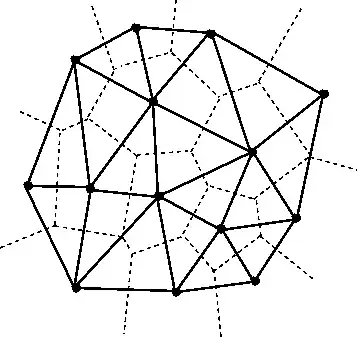Since the good old Noether Theorem ultimately states that any physical system will exhibit conserved quantities, how should they be treated best in numerical solvers?
On the one hand, one can observe the numerical propagation of such quantities and use their deviation from conservation as indicator on the solution's quality, e.g in order to adapt a time step or mesh size.
On the other hand, one can try and craft a solver such that the conserved quantities are implicitly conserved (under more or less all circumstances). That takes away one indicator on the solution's quality, but there seems to be a justified hope that in exchange the solver is simply "better".
Are there any more detailed discussions on which of these possibilities is "better" and why?
